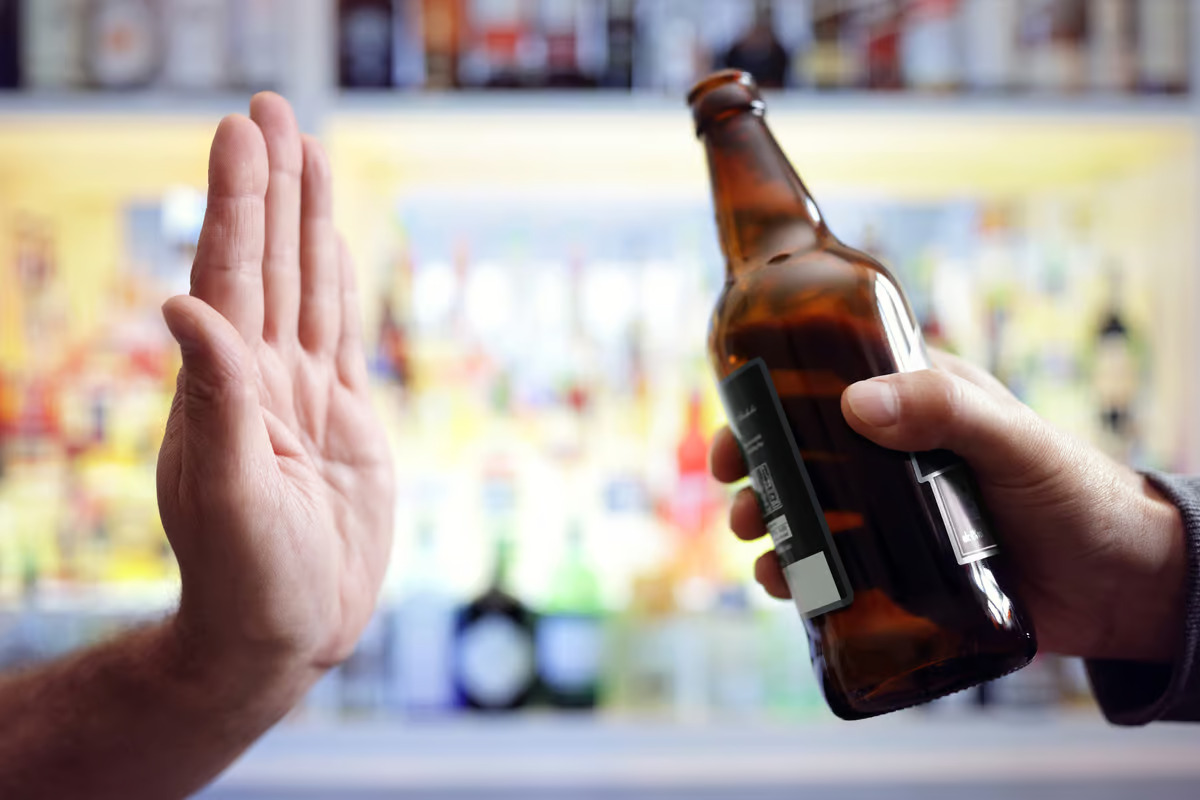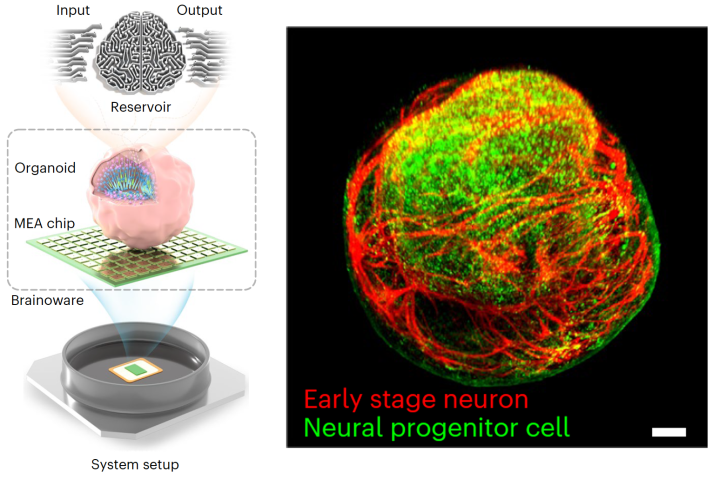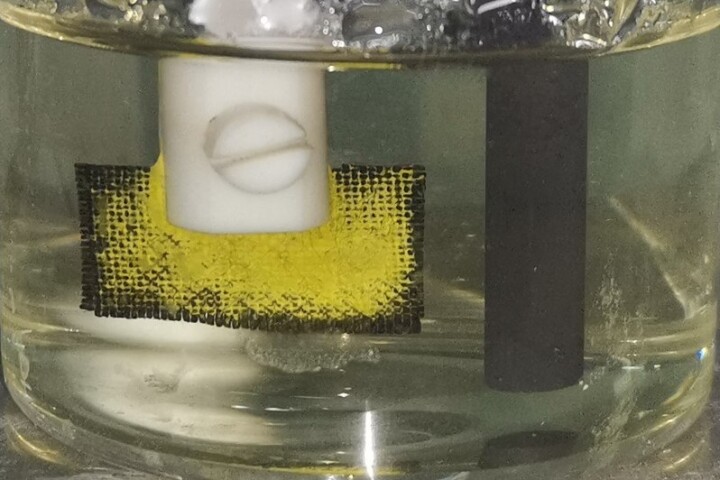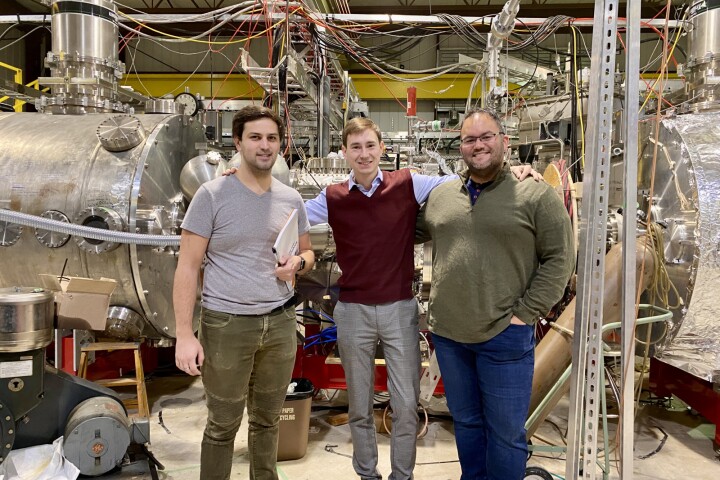 A study found that the effects of alcohol intake on sperm take longer than initially thought to disappear. Depositphotos
A study found that the effects of alcohol intake on sperm take longer than initially thought to disappear. Depositphotos
–
For a long time, the focus has been on preconception maternal health as a crucial factor in pregnancy and child developmental outcomes. Alcohol consumption before and during pregnancy has always been a major concern, as it’s associated with fetal alcohol syndrome (FAS), which causes abnormal facial features, low birth weight and/or height, attention and hyperactivity issues, and poor coordination. The responsibility has always been placed on women to stop drinking to avoid FAS; only recently has the focus shifted to paternal alcohol consumption as a [significant] contributing factor.
Research has shown that sperm contain a lot of epigenetic information that can be modified by exposure to a range of different stressors, including alcohol. Now, a new study by researchers at Texas A&M University has examined the effect of alcohol consumption on sperm, the epigenetic changes it produces and how long these changes last.
“For years, there’s really been no consideration of male alcohol use whatsoever,” said Michael Golding, the study’s corresponding author. “Within the last five to eight years, we’ve started to notice that there are certain conditions where there’s a very strong paternal influence when it comes to alcohol exposure and fetal development. With this project, we wanted to see how long it would take for the effects of alcohol on sperm to wear off. We thought it would be a relatively quick change back to normal, but it wasn’t. The withdrawal process took over a month.”
In the US, as in many countries in the world, the majority of men drink alcohol. Previous studies have yielded conflicting results when it comes to the effect of alcohol intake on male fertility; some suggest modest declines, while others report no observable effects. In the current study, the researchers used a mouse model to reexamine the effects of alcohol exposure on the sperm epigenome.
They exposed male mice to 6% or 10% alcohol for 10 weeks, withdrew it for four weeks, and used RNA sequencing to examine gene expression patterns in the epididymis, the long, coiled tubular structure atop each testicle that stores sperm. A control group was exposed to water alone. The researchers observed that chronic alcohol exposure caused changes in genetic pathways related to mitochondrial function, oxidative stress, and the generalized stress response in the epididymis that persisted for a month after drinking ceased.
“During withdrawal, the liver experiences perpetual oxidative stress and sends a signal throughout the male body,” Golding said. “The reproductive system interprets that signal and says, ‘Oh, we are living in an environment that has a really strong oxidative stressor in it. I need to program the offspring to be able to adapt to that kind of environment.’”
The researchers suspect that these alcohol-induced changes can lead to problems like FAS and note that it doesn’t take excessive alcohol use for a person to experience withdrawal.
“In the models we’re using, even drinking three to four beers after work several days a week can induce withdrawal when the behavior ceases,” said Golding. “You may not feel inebriated, but your body is going through chemical changes.”
The researchers hope that their findings will change the narrative about who’s responsible for alcohol-related birth defects and take some of the heat off women.
“There’s psychological trauma associated with the question, ‘Did you drink while you were pregnant?’” Golding said. “It’s also difficult for physicians to have that conversation. But if they don’t, then FAS doesn’t get diagnosed right away, and the child may not get the support they need until later in life.”
It’s crucial that couples planning on starting a family know how far in advance they need to stop drinking to prevent birth defects. Based on the study’s findings, the researchers recommend that men stop drinking for three months before trying to conceive, just to be sure.
“There’s still a lot of work to be done to get a hard answer, but we know that sperm are made over the course of 60 days, and the withdrawal process takes at least one month,” said Golding. “So, my estimate would be to wait at least three months.”
The study was published in the journal Andrology.
Source: Texas A&M University
–
























